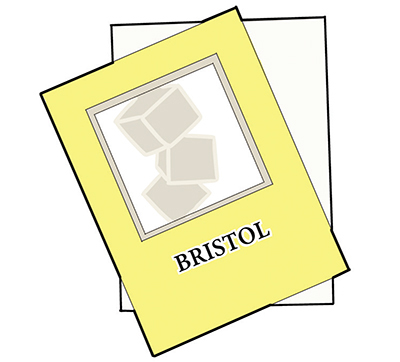
In this book, I will teach you how to draw and color both traditionally and digitally. The following list of materials contains the very basic supplies you will need, what I personally use, and what I would recommend you use. Find what works best for you; part of being an artist means experimenting with as many tools as you can. If you are a beginner, I recommend you start with traditional art techniques; doing so is not only a lot of fun, it will also train you and broaden your perspective. Once you become more skilled, I suggest you try digital art because it’s easier and less time-consuming.

I recommend bristol paper, which is durable enough to protect your drawing from getting ripped while erasing or inking, and to hold up when coloring with markers.

There are plenty of manga pens that come in different sizes and are ideal for drawing. I also encourage you to try the manga nib pens (such as the G-Pen); they are challenging to use at first, but the results are outstanding!

A standard pencil is used for sketching. The lightness or darkness of the pencil is up to you. You may also want to use a blue sketch pencil. It’s easy to ink over.
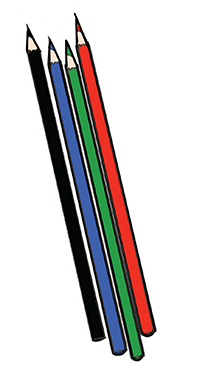
I’ll be demonstrating how to color with basic colored pencils, the kind you probably have been using since primary school. They are affordable and can offer brilliant results.
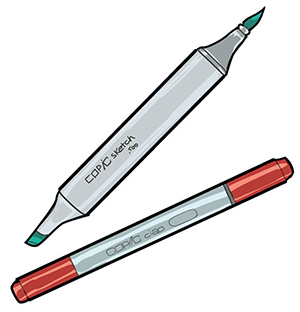
I suggest using either Sketch or Ciao brand markers. I’ll be demonstrating how to use them. They are somewhat expensive but easy to use. You don’t need more than five basic markers to create a masterpiece.
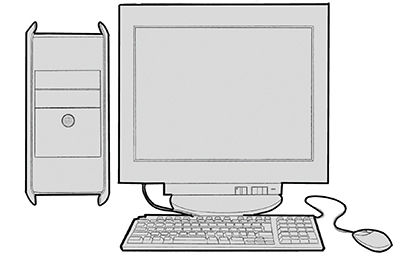
A reliable fast-processing computer is a must for drawing if you are working on big files (more than 200 dpi).
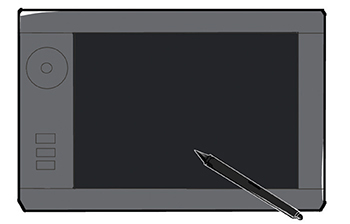
Let’s be realistic: It’s hard to draw with a mouse! A pen tablet with a pressure-sensitive pen will make digital drawing easier. Quality matters! So save up and buy a good one. Learning how to use one takes time, so don’t get frustrated.
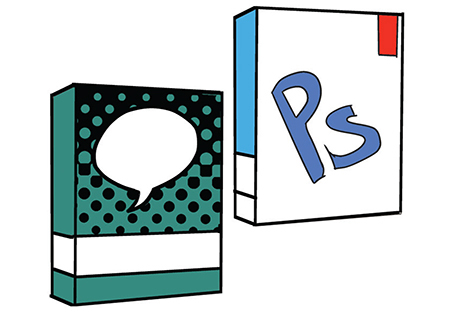
I started with PaintTool SAI (it’s amazing with colored illustrations) then spent some time with Adobe Photoshop (it’s a joy to color with). I later discovered Manga Studio®, and that’s the software I use now. These software programs are not cheap, but they are a onetime purchase—you won’t need to buy new pens, papers or colors. So at the end of the day, they are worth it!